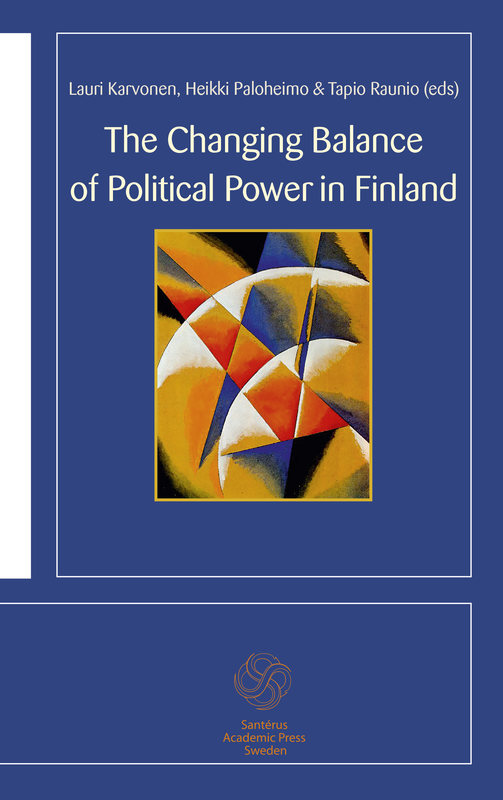
The changing balance of political power in Finland
Kategorier: Samhälle och samhällsvetenskap
Finland is a noteworthy exception to this rule. Indeed, Finland is a rare example of a democratic country that has experienced major constitutional reform peacefully without domestic conflict. International literature has traditionally categorized the Finnish political system as semi-presidential, with the executive functions divided between an elected president and a cabinet that is accountable to the parliament. However, recent constitutional reforms have radically transformed Finnish politics. The new constitution, which entered into force in 2000, completed a period of far-reaching constitutional change that curtailed presidential powers and brought the Finnish political system closer to a normal parliamentary democracy. The president is today almost completely excluded from the policy process in domestic matters; leadership by presidents has been replaced with leadership by strong majority governments. In contrast to most democratic countries, the Finnish political system has arguably also become less subject to external constraints. The end of the Cold War removed the shadow of the Soviet Union from Finnish policy-making, but particularly through European Union (EU) membership Finland has become much more involved in global and regional integration.
Drawing on unique and comprehensive longitudinal data, this book analyses the distribution of political power in Finland since the 1970s. The objective of the volume is not simply to extrapolate change within and between governing institutions and political parties, but also to understand the causal mechanisms explaining this significant period of constitutional and political reform.






